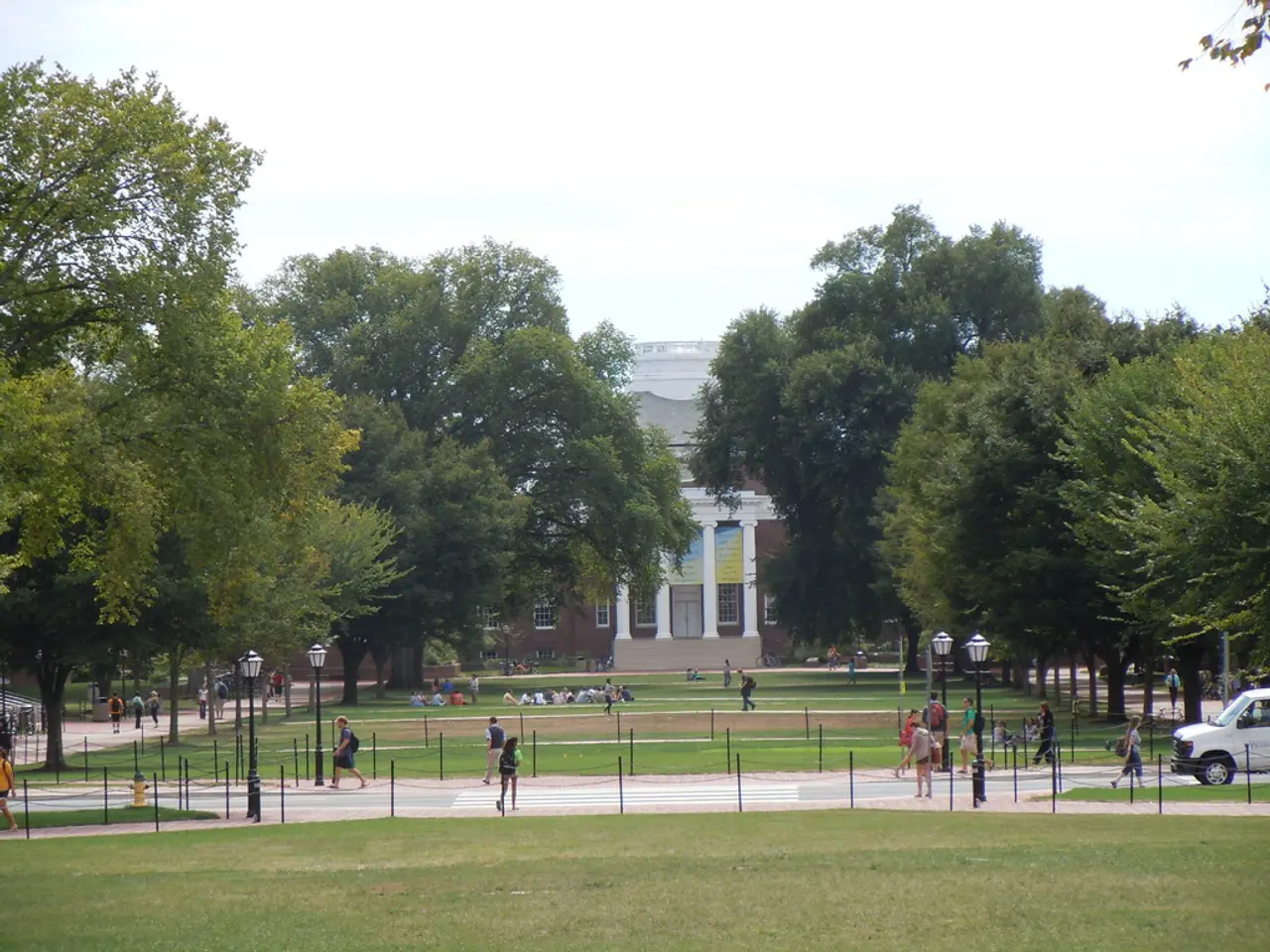Excursions Tied to State Learning Objectives, Enhancing Practical Competencies in Five Key Areas
Natural History Museums and Science Centers: Bridging the Gap Between Classroom Learning and Real-World Discovery
Natural history museums and science centers across the country are transforming the learning experience for students, offering a unique blend of education and entertainment that aligns with Next Generation Science Standards (NGSS) and state science standards.
These institutions provide curricula, programs, and hands-on learning experiences that are designed to seamlessly integrate with NGSS and state-specific science standards, making it easier for teachers to incorporate these into their classroom teaching.
One of the key ways natural history museums support these standards is through interactive field trips and programs. These trips and virtual learning experiences are structured around NGSS performance expectations and cross-cutting concepts, providing students with guided explorations, hands-on activities, and engaging presentations that make complex STEM subjects approachable and relevant.
In addition, some museums offer live virtual programs with scientists and educators, featuring interactive discussions, data collection, and scientific investigations that meet NGSS criteria for student engagement and modeling of scientific processes.
Biology labs, physics exhibits, and engineering challenges are also integral parts of these museums, offering students the opportunity to conduct supervised experiments, engage with real-world applications, and test their problem-solving skills.
Natural history museums also emphasize cross-cutting concepts and practices, such as patterns, cause and effect, and systems thinking, to enhance student comprehension of how scientific knowledge connects across disciplines and real-world phenomena.
Art museums, on the other hand, offer rich educational experiences that blend creative exploration with academic learning across multiple disciplines, including history, language arts, and critical thinking. Art museum visits encourage students to analyze composition, color choices, and subject matter while discussing diverse perspectives and cultural values.
Historical sites provide immersive experiences, allowing students to explore local and national history firsthand, transforming abstract concepts from textbooks into tangible, engaging experiences. Art museum experiences directly support state standards for visual arts appreciation, cultural literacy, and creative expression.
In essence, these field trip destinations offer opportunities to meet state educational standards while creating memorable learning experiences for students, fostering inquiry, observation, and critical thinking skills.
References:
- Natural History Museum of Los Angeles County
- Smithsonian National Museum of Natural History
- Junior Master Naturalist Program
- American Association for the Advancement of Science
- Next Generation Science Standards
- The e-learning platforms offered by certain natural history museums can facilitate education-and-self-development, providing personal-growth opportunities through interactive programs that align with Next Generation Science Standards.
- By using virtual tours, live interactions with scientists, and hands-on activities, these e-learning resources foster learner's understanding of biology, physics, engineering, and other STEM subjects, making complex concepts easier to grasp and relevant to real-world situations.




